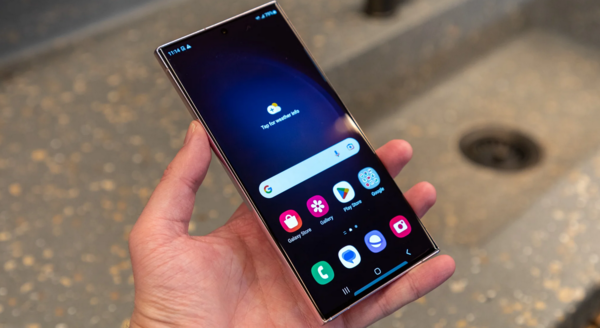Despite Google's continuous efforts, fragmentation remains a significant challenge within the Android ecosystem. While some manufacturers, such as Samsung, have improved their update timelines for the latest Android releases, there is still much work to be done. In response to the ongoing issue, Google has reduced the frequency of updating and made it more challenging to access the Android distribution numbers. The recently published statistics, covering the period ending on May 30, 2023, demonstrate the gradual growth of Android 13.
Android 13 Adoption Inches Forward:
In the previous set of distribution numbers released in early April 2023, Android 13 accounted for 12% of Android devices. However, over the course of two months, its market share increased to 15% (reported by Mishaal Rahman). Although this growth is notable, it falls short of surpassing Android 12, which experienced a marginal decrease from 16.5% to 16.3%. As most flagship devices from Samsung and other original equipment manufacturers (OEMs) now run Android 13, the pace of its adoption is expected to slow down.
Also Read:
Lingering Dominance of Android 11:
Android 11 maintains its status as the most prevalent version of the operating system, commanding a 23.1% market share, a slight decline from 23.5% in April 2023. Despite being released in September 2020, Android 11 continues to dominate a majority of Android devices even after approximately 2.5 years since its launch. This highlights the severity of the fragmentation issue within the Android ecosystem.
Persistent Hold of Android 10:
Remarkably, Android 10, which was released in 2019, remains the second most popular release of the OS, running on 17.8% of devices. Although there has been a slight decline from 18.5% in April 2023, it still maintains a substantial presence. As devices running Android 11 or older versions near their end-of-life status, their share will likely remain stagnant or decrease gradually as newer devices replace them.
Anticipated Future Challenges with Android 14:
Considering the current state of affairs, these Android distribution numbers may appear even more disheartening in a few months once Android 14 becomes available. The persistent fragmentation issue poses ongoing challenges for Google and the Android ecosystem as a whole.
